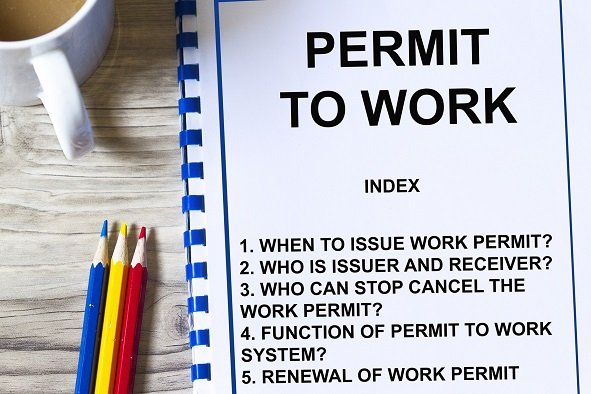Respiratory Protection – 12 Modules | One Day USD: 150/- and Two Day USD: 250/- Per Pax.
Description
Module 1: Introduction to Respiratory Protection
- Importance of respiratory protection in the workplace
- Common airborne hazards (dust, fumes, vapors, gases, biological agents)
- Overview of respiratory protection programs and regulations (OSHA 29 CFR 1910.134, ISO, EN standards)
Module 2: Anatomy of the Respiratory System
- How the lungs function
- How airborne contaminants affect the respiratory system
- Long-term effects of unprotected exposure
Module 3: Types of Respiratory Hazards
- Physical, chemical, and biological hazards
- Routes of exposure and examples
- Recognizing workplace conditions requiring respiratory protection
Module 4: Hierarchy of Controls and Role of PPE
- Elimination and engineering controls
- Administrative controls
- When and why respirators are the last line of defense
Module 5: Types of Respirators
- Air-purifying respirators (APR): disposable, half-mask, full-face
- Powered air-purifying respirators (PAPR)
- Supplied-air and self-contained breathing apparatus (SCBA)
- Advantages, limitations, and uses
Module 6: Respirator Selection
- Selecting respirators based on hazard type and concentration
- Assigned Protection Factor (APF) and filter efficiency
- Compatibility with other PPE
Module 7: Fit Testing and Seal Checks
- Importance of proper fit
- Qualitative and quantitative fit testing methods
- Performing user seal checks before each use
Module 8: Use, Care, and Maintenance of Respirators
- Proper donning and doffing procedures
- Cleaning, disinfecting, and drying
- Inspection and replacement of parts (filters, cartridges, straps)
Module 9: Storage and Handling
- Correct storage conditions to prevent damage
- Avoiding contamination and deformation
- Labeling and recordkeeping
Module 10: Medical Evaluation and User Limitations
- Medical assessments for respirator users
- Recognizing physical limitations and breathing resistance issues
- Procedures for reporting discomfort or malfunction
Module 11: Training and Competency Requirements
- Training content required by regulations
- Demonstrating proper use and maintenance
- Reinforcing worker understanding through refresher training
Module 12: Respiratory Protection Program Management
- Elements of an effective respiratory protection program
- Roles of employer, safety officer, and employee
- Documentation, auditing, and continuous improvement
View more Courses
Hi, Welcome back!




